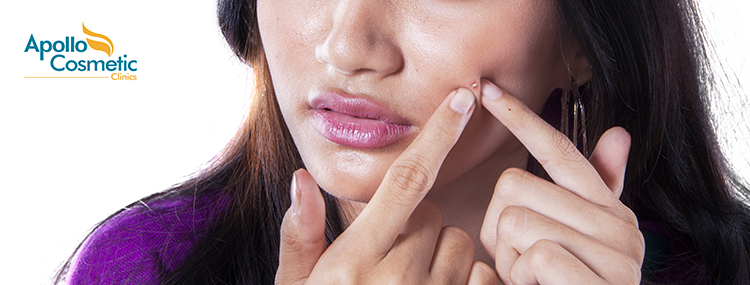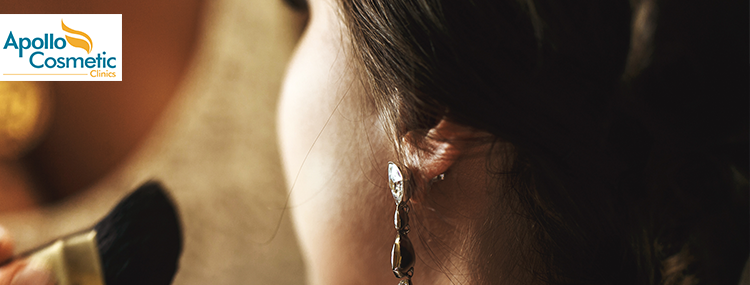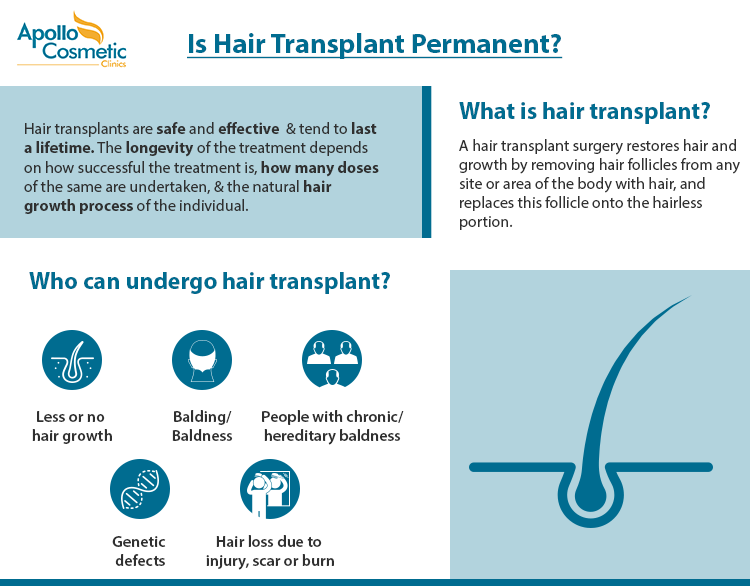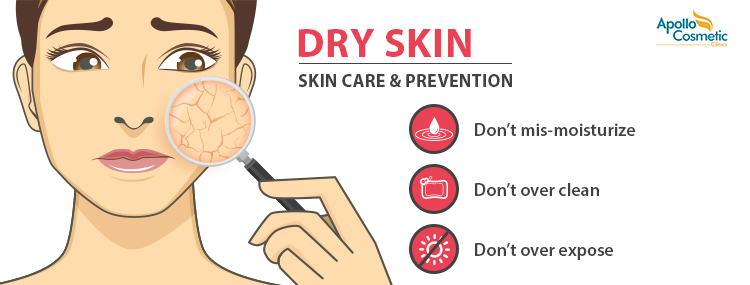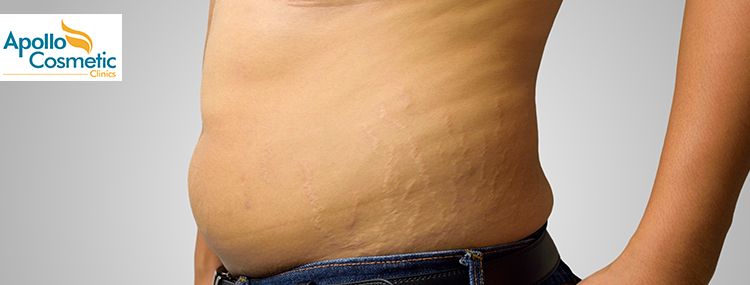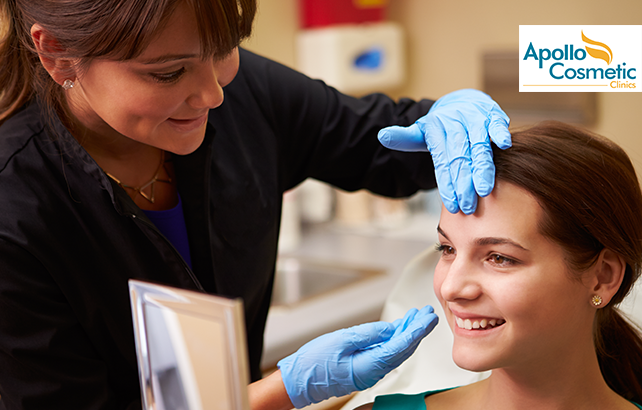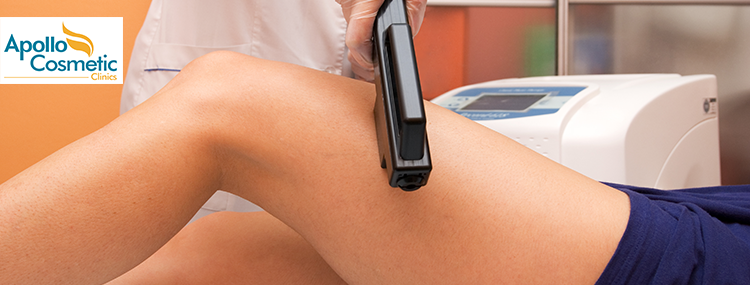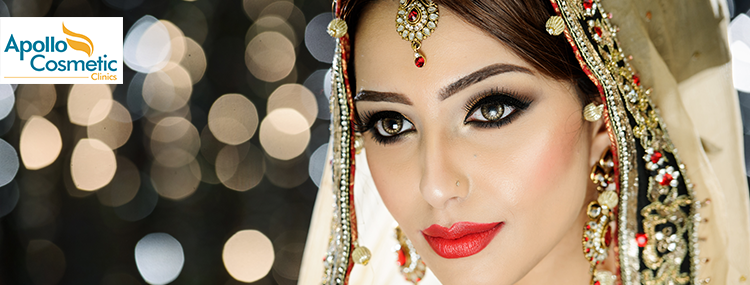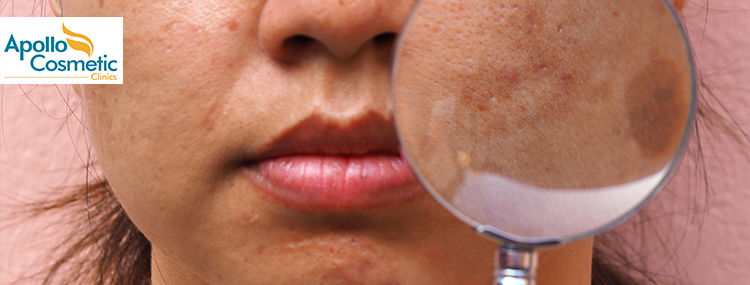Liposuction is a popular cosmetic procedure carried out in order to remove excess and undesirable fat. The procedure is usually done on the thighs, buttocks, belly, arms or face. However, it is to be noted that liposuction should not be taken as a weight-loss method. There is a misconception regarding liposuction to be a treatment for obesity. Undergoing this procedure only alters body contours to suit the individual’s preferences.
Who is eligible to undergo liposuction?
The very first and the most important characteristics of undergoing liposuction procedure are to have a good and healthy body. To check if you are eligible to undergo this procedure, you need to be aware of your body mass index and make sure you are at least 30% of your ideal weight. The patient must have firm skin and must not have a habit of smoking. The procedure is not recommended for the ones who deal with health problems like heart ailments, weak immune system or diabetes. It must be noted by the patient that the procedure removes excess fat but not cellulite.
The procedure
The patient has to go through a number of general health tests in order to qualify as fit to undergo surgery. The individual also has to sign a declaration form stating they are aware of the benefits, risks and other alternatives of the procedure before the treatment starts.
The operation is done under general anaesthesia which lasts about 1-4 hours. Local anaesthesia may also be used after the procedure in order to ease the pain. There are five techniques of liposuction which are as follows:
- Tumescent Liposuction- This is the most common technique of liposuction. It includes pumping of a number of litres of saline solution added with a local anaesthetic and epinephrine into the area which is to be suctioned. Small suction tubes are used to suck out the fat.
- Dry liposuction- The method involves greater risk of bleeding and internal bruises as no fluids are injected in the body unless the fat is removed.
- Power-assisted liposuction- A fat sucking tube is used in this technique which sucks fat by continuously moving back and forth.
- Laser Assisted Lipolysis- In this procedure the surgeon makes use of a small tube and inserts it under the skin through a small incision. The tube transmits laser energy and heat to break the fat down.
- Ultrasound-assisted liposuction- The tube or cannula here is charged with ultrasound in order to melt the undesired fat on contact. After the fat melts, the liquefied fat is drained out of the body using suction-assisted liposuction.
How is liposuction the best technique for fat removal and skin tightening?
A lot of people sweat for hours in the gym, cut out on their diet and adopt a number of measures to reduce their body fat and yet see no results. Liposuction is a simple solution for those who look for an effective technique to remove excess body fat. Every technique of liposuction is equally effective and the safety measures adopted are top notch. Therefore, the results are truly value for money. Given below are a few points that lay stress on why liposuction is the best method for fat removal and skin tightening:
Liposuction is a popular cosmetic procedure, but it is often a remedy for various health conditions including:
- Liposuction helps with extreme weight loss, after obesity.
- To remove lipomas, which are fatty tumours that may develop in certain parts of the body. It is the safest option as it involves minimal risk.
- Removal of gynecomastia, the accumulation of fat under man’s breasts
- It is the solution to lipodystrophy syndrome which is characterized by the near-complete absence of fat in the body.
- Liposuction is also a cure for lymphedema.
Liposuction procedure is an answer to all problems which may occur due to excess body fat or near-complete lack of it. Getting liposuction done from a skilled surgeon helps you get a fit body and hence maintain a healthy lifestyle. Book an appointment today with Apollo Cosmetic Clinics to get desired results.




















